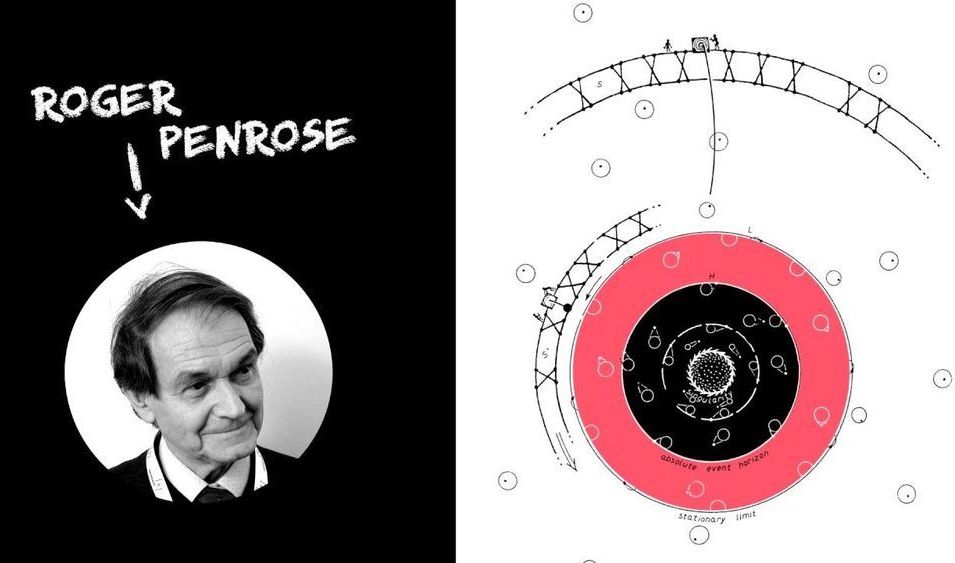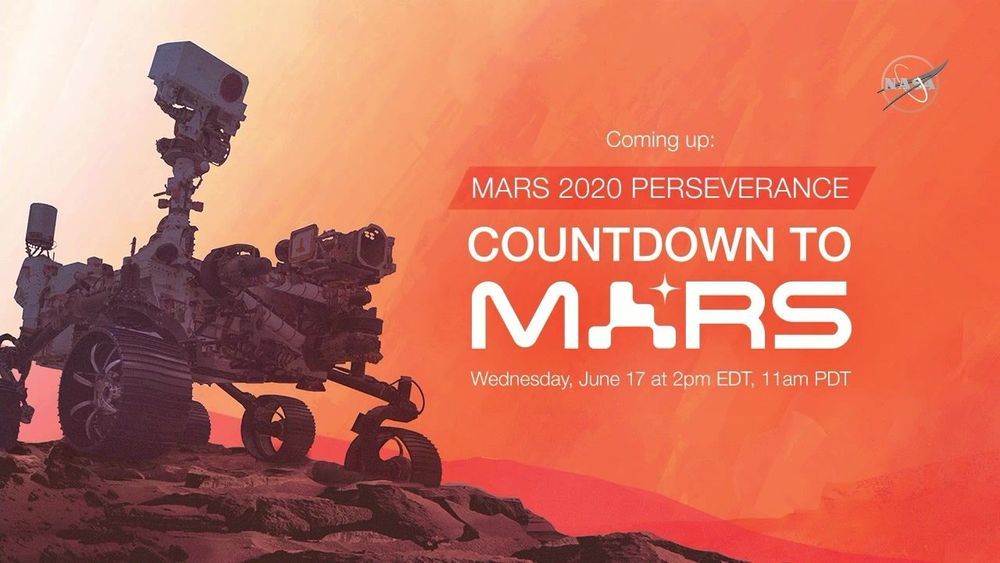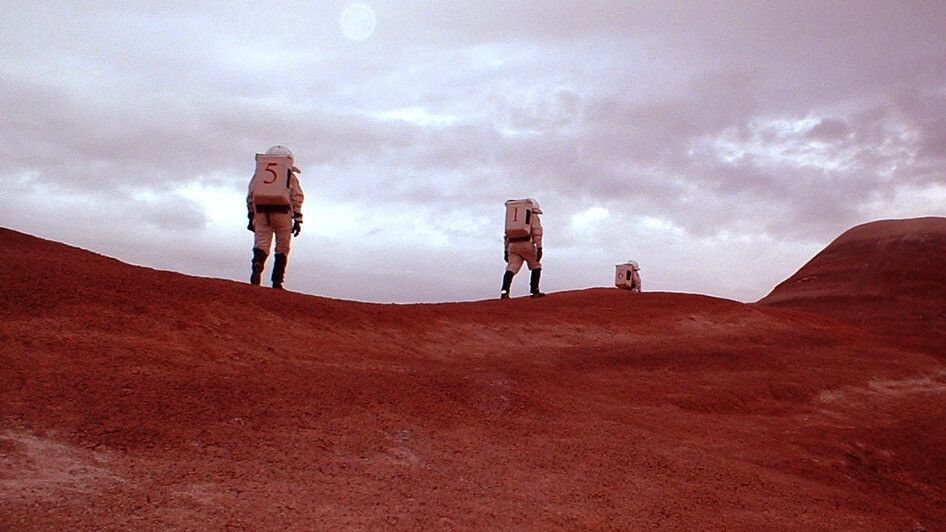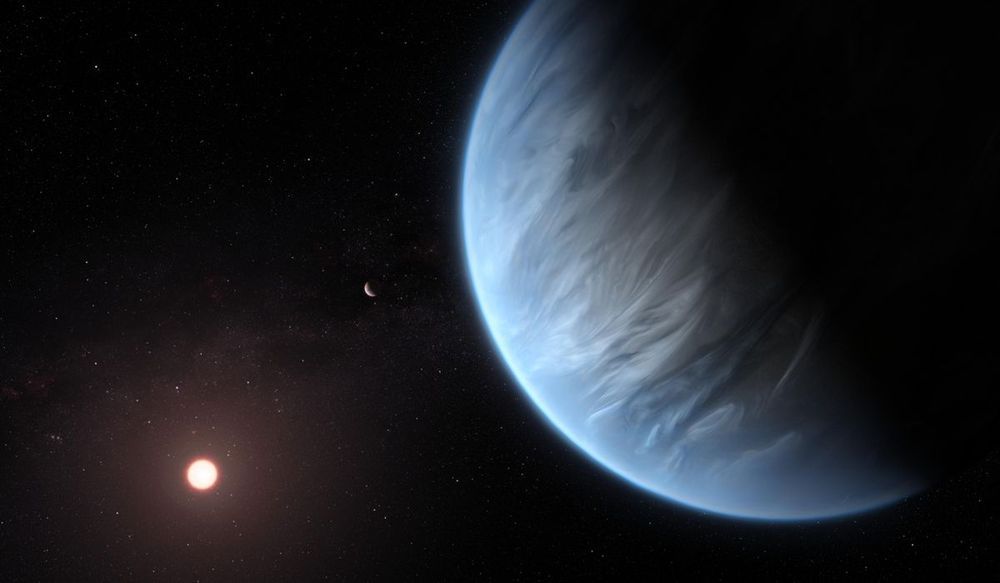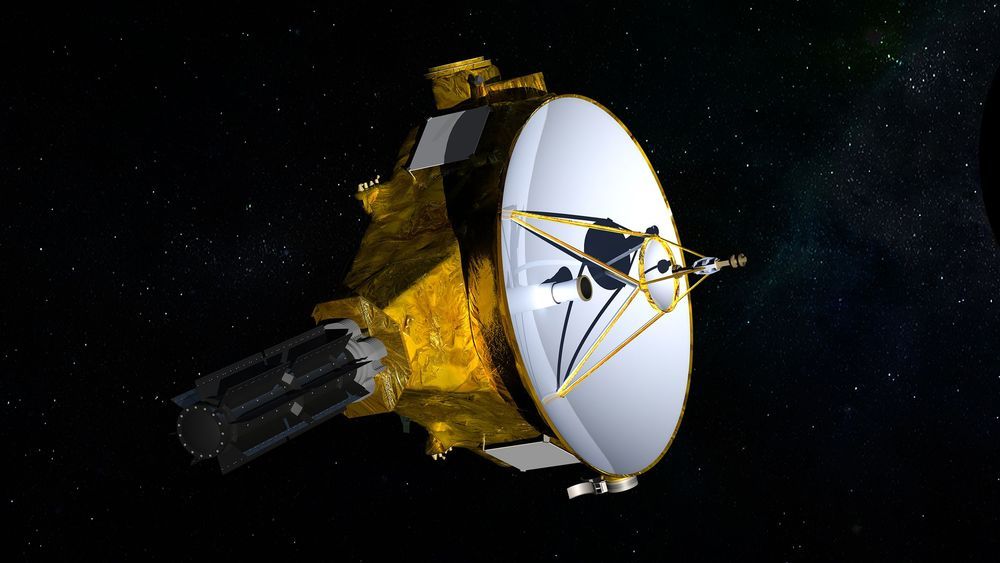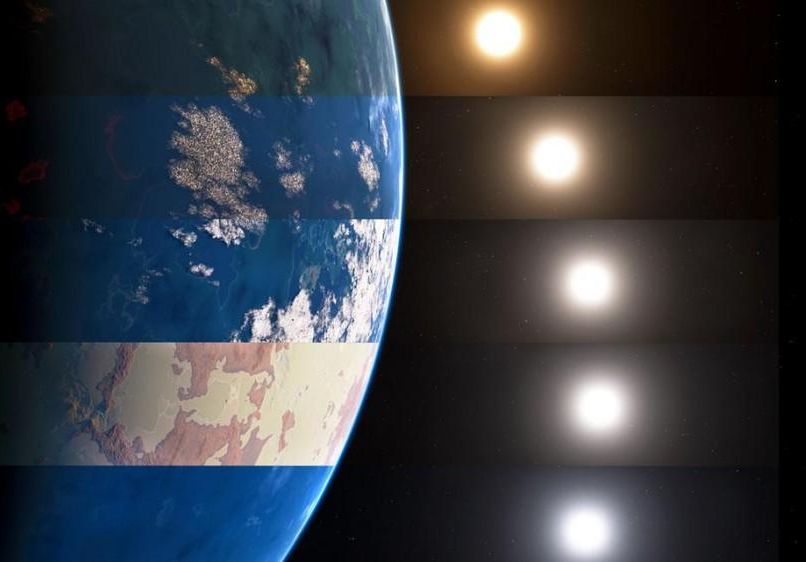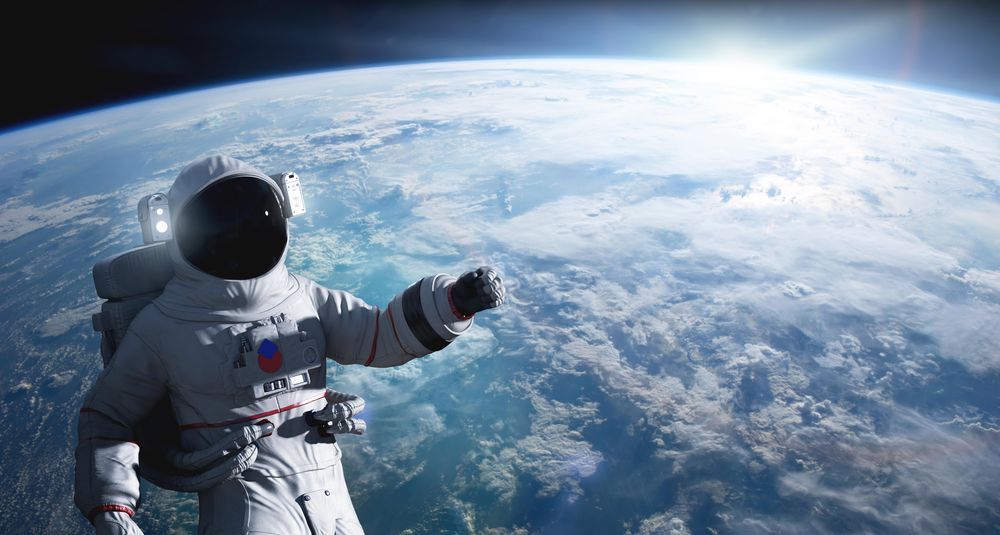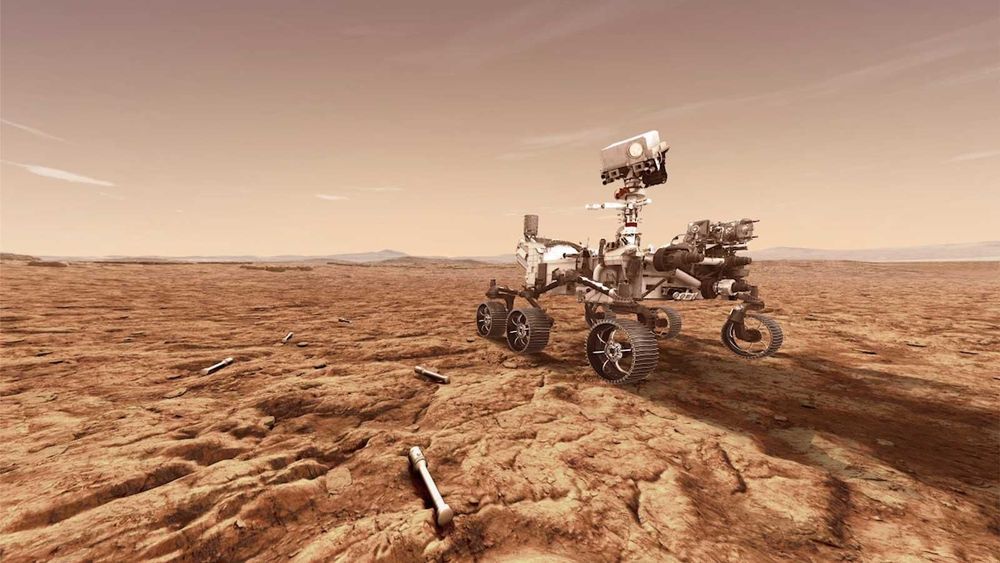Jun 24, 2020
Experiment confirms 50-year-old theory describing how an alien civilization could exploit a black hole
Posted by Fyodor Rouge in categories: alien life, engineering
Aliens & Black Holes
Penrose predicted that the object would acquire a negative energy in this unusual area of space. By dropping the object and splitting it in two so that one half falls into the black hole while the other is recovered, the recoil action would measure a loss of negative energy—effectively, the recovered half would gain energy extracted from the black hole’s rotation. The scale of the engineering challenge the process would require is so great, however, that Penrose suggested only a very advanced, perhaps alien, civilisation would be equal to the task.
